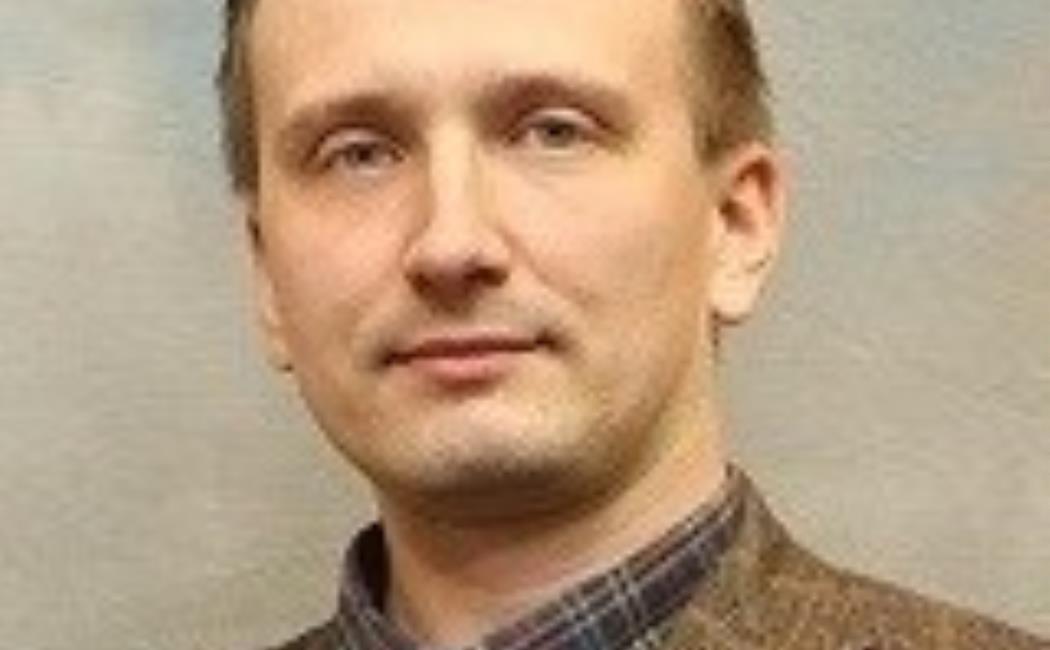
Departments of Physics and Materials Science, the University of Texas at Dallas
Date & Time: Tuesday May 9th, 2017 at 1pm
Venue: Building 3, level 5, room 5209
Light refreshments will be provided.
Abstract: Artificially structured nanoscale materials have attracted immense attention in scientific and technical communities during past decades due to the potential for controlling their optical, electronic and chemical properties. In particular, CdSe semiconductor nanocrystals quantum dots (NQDs) represent a class of quasi-zero-dimensional objects in which the motion of carriers is restricted in all 3 dimensions. Bulk crystalline structure in preserved in NQDs, but due to 3D quantum confinement, NQDs have discrete atomic-like absorption and emission spectra, which are strongly size dependent.
To successfully apply nanocrystals in a variety of optoelectronics applications, one needs to thoroughly understand and engineer dynamics of strongly correlated electron-hole pairs, namely excitons (X) and multiexcitons (MX). Dynamics of excitons are often affected by the presence of surface-related states and interactions with the substrates, while those of MXs are governed by non-radiative, Auger-type interactions. The latter is strongly affecting the performance of NQDs in a variety of applications, ranging from single particle photoluminescence (PL) emission to optical gain and lasing in NQD solids. One aspect of our recent work concerns the issue of single NQD PL intermittence or “blinking” in giant CdSe/CdS multishell nanocrystals with strongly suppressed Auger recombination. We have recently shown that progressive addition of CdS shells leads to strong modifications of Auger rates, blinking suppression and appearance of higher order MX states in the PL emission spectra. These observations allowed us to propose an ingenuous mechanism explaining evolution of the exciton and multiexciton populations in g-NQDs and would aid the development of the new types of optoelectronic devices that rely on the controlled emission of single photons such as for quantum information/ computing and biomedical imaging/therapeutics. On the other side, we have developed hybrid multifunctional nanostructures by combining strongly absorbing NQD components with high-mobility semiconductors (silicon and 2D atomic layers). In such hybrid systems, the excitonic energy is transferred via non-radiative (NRET) and radiative (RET) energy coupling across the interface with the subsequent separation and transport of charge carriers entirely within the semiconductor-based component. Our results show promise for the development of the efficient, thin film, ET-based hybrid structures for photovoltaic applications.
Biography:Prof. Malko is the head of the optics and ultrafast spectroscopy laboratory in the Department of Physics at the University of Texas at Dallas. He obtained a BS degree in physics and applied math from Moscow Institute of Physics and Technology, Russia in 1998, and a PhD in Physics/EE from New Mexico State University/Los Alamos National Laboratory, USA in 2002 studying ultrafast dynamics of semiconductor nanocrystals with Dr. Victor Klimov. He later was a postdoctoral scholar at Swiss Federal Institute of Technology in Lausanne (EPFL) in 2002-2005 and then at LANL from 2005-2007 working on various aspects of spectroscopy and development of low dimensional semiconductor nanostructures. He joined the University of Texas at Dallas in 2007 where he is currently an Associate Professor of Physics and Materials Science.